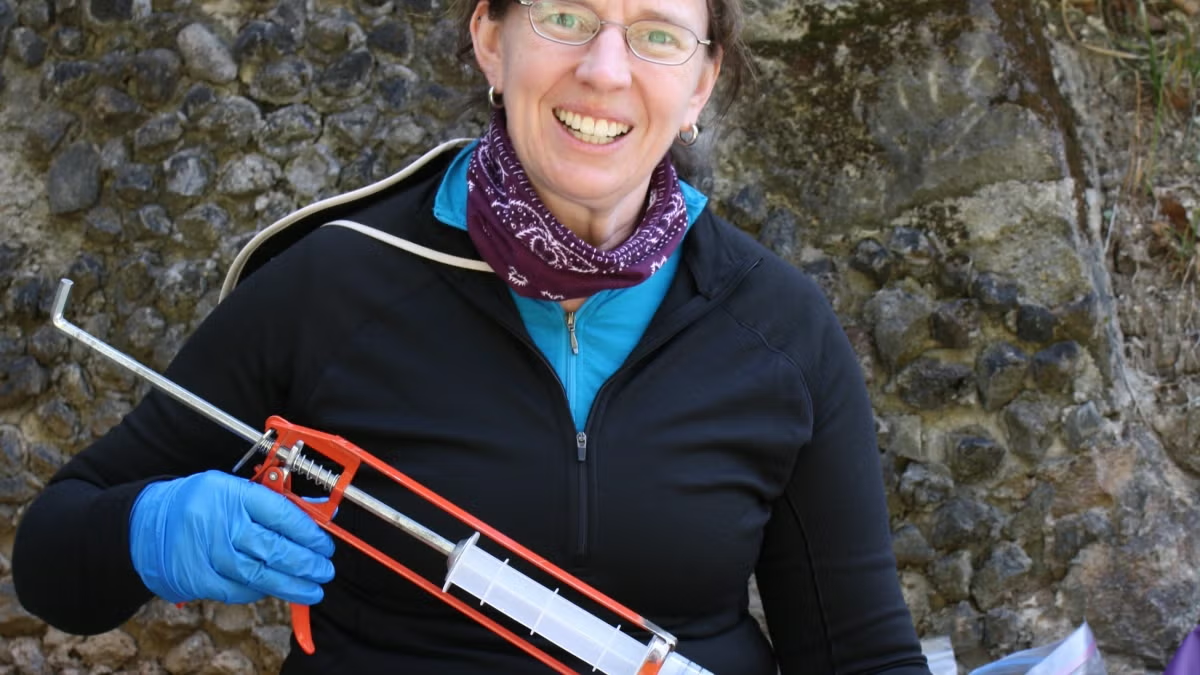Arizona’s 'wet desert' to be focus of ASU lecture

ASU senior sustainability scientist Hilairy Hartnett.
Water is crucial for life as we know it, especially in the Arizona desert. For centuries our rivers were the key to making this region habitable. Today, proper stewardship of our water will make our cities sustainable long into the future.
Hilairy Hartnett, associate professor at the School of Earth and Space Exploration and the School of Molecular Sciences at ASU, will explore the natural processes and management practices that affect our water in her talk “Living in a Wet Desert: An Arizona Story” at 7:30 p.m. Thursday, March 17, on ASU’s Tempe campus.
Hilairy Hartnett is a biogeochemist and oceanographer as well as an ASU senior sustainability scientist. Her research focuses on carbon cycling in aquatic systems ranging from urban lakes to rivers and from hot springs to oceans. As a field-going geochemist, her toolbox includes everything from duct tape to mass spectrometers.
The School of Earth and Space Exploration's New Discoveries Lecture Series brings exciting scientific work to the general public in a series of informative evening lectures, free and open to the public, each given by a member of the school's faculty once a month throughout the spring.
The final lecture in this series will be presented on April 21 by Ariel Anbar, President’s Professor and astrobiologist, and will focus on life on Earth and beyond.
Lectures begin at 7:30 p.m. at the Marston Exploration Theater, on the first floor of ASU's Interdisciplinary Science and Technology Building 4 (ISTB4) (map) on the Tempe campus. RSVP to reserve a seat. Parking is available at the Rural Road parking structure just east of ISTB 4.
More Science and technology

CSI: Mars
By Wendee NicoleTravelling to Mars has loomed large in the public’s imagination since at least the late 1800s when H.G. Wells' “…

ASU research is helping solve crimes
On TV, detectives solve crimes in 43 minutes (plus commercial breaks). In real life, it takes much more time — and many more…

Compact X-ray laser lab aims to reveal deep secrets of life, matter and energy
X-rays allow us to view inside the human body to diagnose broken bones and other hidden problems. More recent X-ray advances are…

